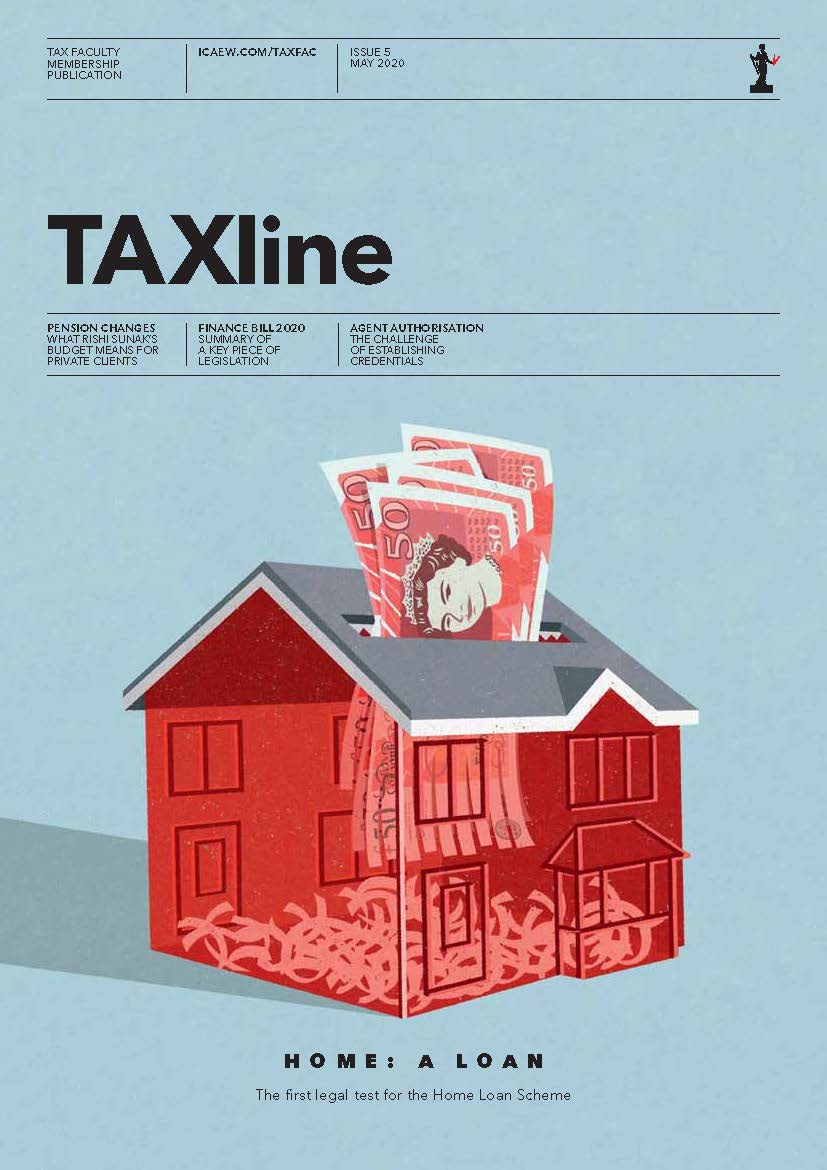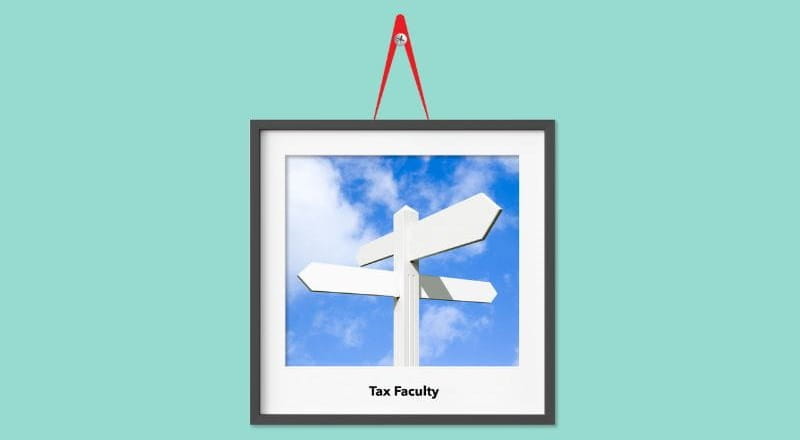The NAO scrutinises public spending to help parliament hold government to account and to improve public services. Is latest report, ‘The administrative cost of the tax system’, seeks to:
- increase the transparency of the costs for all parties of administering taxes;
- explore how far HMRC understands its administrative costs are high and/or increasing; and
- establish how HMRC is acting to improve efficiency and productivity, and reduce costs for taxpayers.
The NAO analysed cost data provided by HMRC, focusing on the four taxes with the highest revenues and administrative costs: income tax, national insurance contributions (NIC), VAT and corporation tax.
The report finds that UK businesses are paying billions of pounds each year to comply and that HMRC is underestimating these costs.
Frank Haskew, Head of Taxation, ICAEW, said: “This report highlights how the UK’s increasingly complicated tax system is saddling businesses and HMRC with extra burdens and costs, which are growing in real terms. The report also substantiates our concern that the cost to businesses of complying with their tax obligations is likely to be understated.”
Costs for businesses
Using a standard cost model, HMRC estimates that compliant UK businesses incur costs of £15.4bn each year in meeting around 2,500 obligations across 27 policy areas:
- £6.6bn of fees paid to agents, accountants and other intermediaries;
- £4.5bn of acquisition costs, such as software; and
- £4.3bn of internal costs, (ie, the cost of staff carrying out the administrative work).
However, the NAO believes that this estimate is an understatement. It argues that:
- the figure does not take into account all taxpayer obligations;
- HMRC has not carried out research since 2015 into the time taken by businesses on tax administration; and
- although costs have been uprated, they do not take into account wider tax system changes made since 2015.
The report notes that assessments of the impact of tax policy changes (eg, tax impact and information notes) rarely estimate the costs for businesses and individuals.
Costs for HMRC
The cost for HMRC of administering the tax system increased by 15% (£563m) in real terms between 2019/20 and 2023/24. As costs increased in proportion to revenue raised, HMRC’s headline ‘cost of collection’ metric remained at 0.51 pence for every £1 collected in 2023/24.
Of the four taxes considered, income tax self assessment (ITSA) has the highest ratio of cost to revenue. In 2023/24, £1 of income tax collected through self assessment cost HMRC six times more than pay as you earn (PAYE), which is administered by employers.
| Tax type | Costs of collection for 2023/24 (pence per £1 collected) |
| ITSA | 2.14 |
| Income tax PAYE | 0.33 |
| VAT | 0.58 |
| Corporation tax | 0.55 |
| NIC | 0.13 |
Haskew said: “If government is to make decisions around tax policy that properly takes into account the costs and burdens placed on businesses and HMRC, improved numerical analysis and statistics will be required across the board. A key first step would be a thorough review and update of HMRC’s standard model of the costs incurred by businesses when changes are made, which is now at least 10 years out of date.”
Drivers of costs
The NAO has identified the following cost pressures for HMRC:
- Impact of tax policy changes. Tax policy changes between 2022 and 2024 are expected to cost HMRC around £875m over the next few years. Of that amount, 57% is attributable to the introduction of making tax digital for income tax.
- Increasing numbers of taxpayers. The number of income tax payers increased by 14% in 2023/24 (36.2m) compared to 2020/21 (31.7m).
- Changes in staffing. HMRC now has more staff working on tax administration, and an increase in the seniority of HMRC’s tax workforce has increased salary costs.
- Digital tax systems. The NAO notes that HMRC “faces a significant challenge to modernise its IT infrastructure to keep pace with changing technology”.
Other findings
HMRC’s compliance productivity has not yet returned to pre-pandemic levels. HMRC’s compliance staff achieved less per worker in real terms in 2023/24 than in the five years prior to the COVID-19 pandemic (£1.27m per worker in 2023/24 compared to £1.4m per worker pre-pandemic).
Some taxpayers and agents are finding it more difficult to deal with their tax matters and are losing trust in HMRC. This echoes the findings of Parliament’s Public Accounts Committee in its recent report on HMRC’s customer service performance.
HMRC’s customer services have “too many unnecessary and costly person-to-person interactions”. The NAO believes that this is due in part to calls caused by HMRC’s process failures and delays. In its recent joint report with the Chartered Institute of Taxation, ICAEW estimated that eliminating progress-chasing calls could represent a potential annual saving to HMRC of over £36m.
NAO’s recommendations
The NAO has made 10 specific recommendations, including:
- taking a whole-system view of the cost-effectiveness of the tax system when making administrative changes or advising on policy changes;
- moving quickly to establish clear responsible owners for the effectiveness and efficiency of each tax regime; and
- establishing clear and measurable objectives for making changes to simplify the administration of the tax system.
The NAO conculdes: “HMRC must better understand how the changes it makes will flow through to savings in tax administration for all parties, and reduce unnecessary complexity in tax regimes, drive out inefficiency, and improve productivity.”
Latest on business tax
The Tax Faculty
ICAEW's Tax Faculty is recognised internationally as a leading authority and source of expertise on taxation. The faculty is the voice of tax for ICAEW, responsible for all submissions to the tax authorities. Join the Faculty for expert guidance and support enabling you to provide the best advice on tax to your clients or business.




